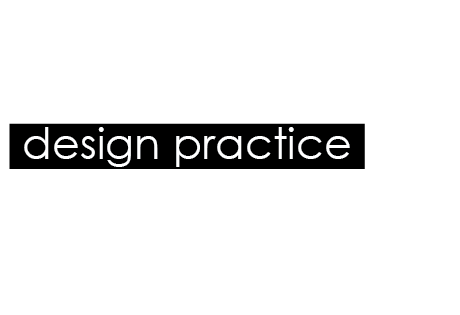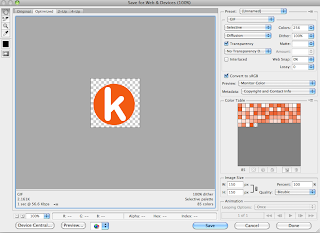- Who is the target audience
- What is the purpose
- Audience needs
List some of the limitations when designing for web:
- Colours (web safe)
- Typeface (web safe)
- Resolution of the screen (800x600)
How to use Dreamweaver to start creating a website:
HTML//
- Hyper text mark up language//
- <head> anything that is not part of the website, only for function
- <body> anything written between open and closed body will be visible on the webpage
- <title> title of the page
- <html> open html
- </head>
- </body>
- </title>
- </html>
1st <html>
2nd <head>
3rd <title>
4th </title>
5th </head>
6th <body>
7th </body>
8th </html>
<tr> : Table roads
<td : Table data
Script: Another language like html
CSS: Cascading style sheets
Meta: Meta tag, how search engines pick up your website
div: Directly linked to CSS, divisions on a website
First internet page ever made.
Source code for the website above.
First image ever placed on the internet.
Big Fish website source code.
Apple website source code.
When you start to create a website have one folder named after the domain name (root folder) and a folder inside that called images (sub folder).
PHP: Only used for website that have hundreds of products. Opens a blank webpage and places the content in it.
Dreamweaver opening page.
Layout of Dreamweaver.
Do not save the first page as Homepage as it has to be internationally recognised.
Must be saved as Index.
All folders should show up in this space.
Once saved you can preview your website like this.
Between open title and closed title you can make changes, once these are saved you can view your webpage again using the above tool.
To add content to your webpage add information between open body and closed body. Save the changes made and preview your webpage.





































No comments:
Post a Comment